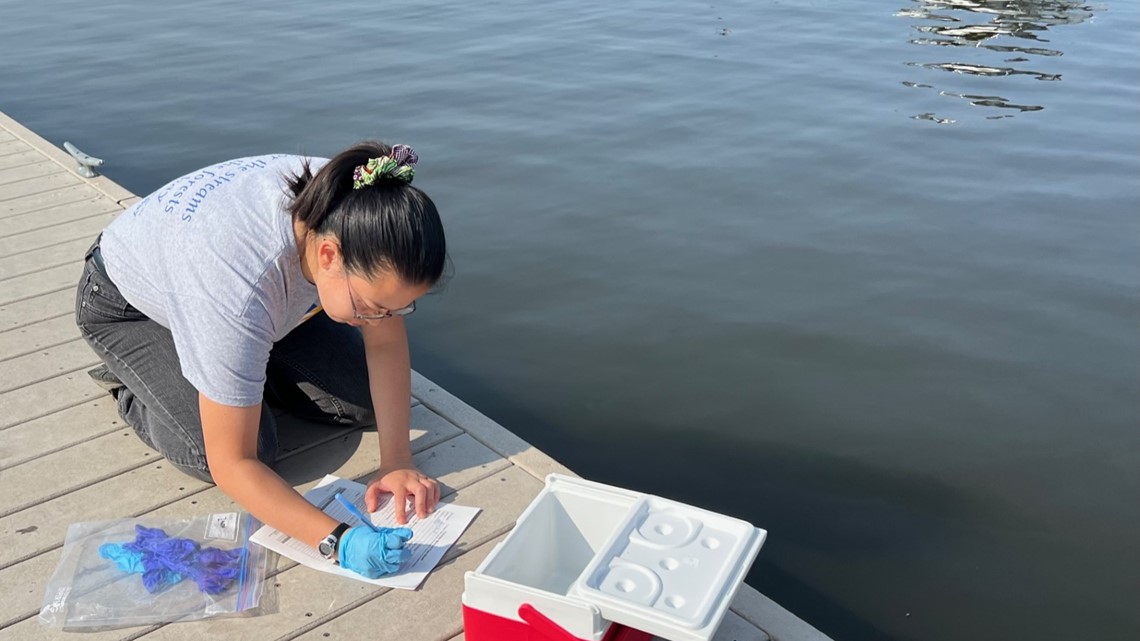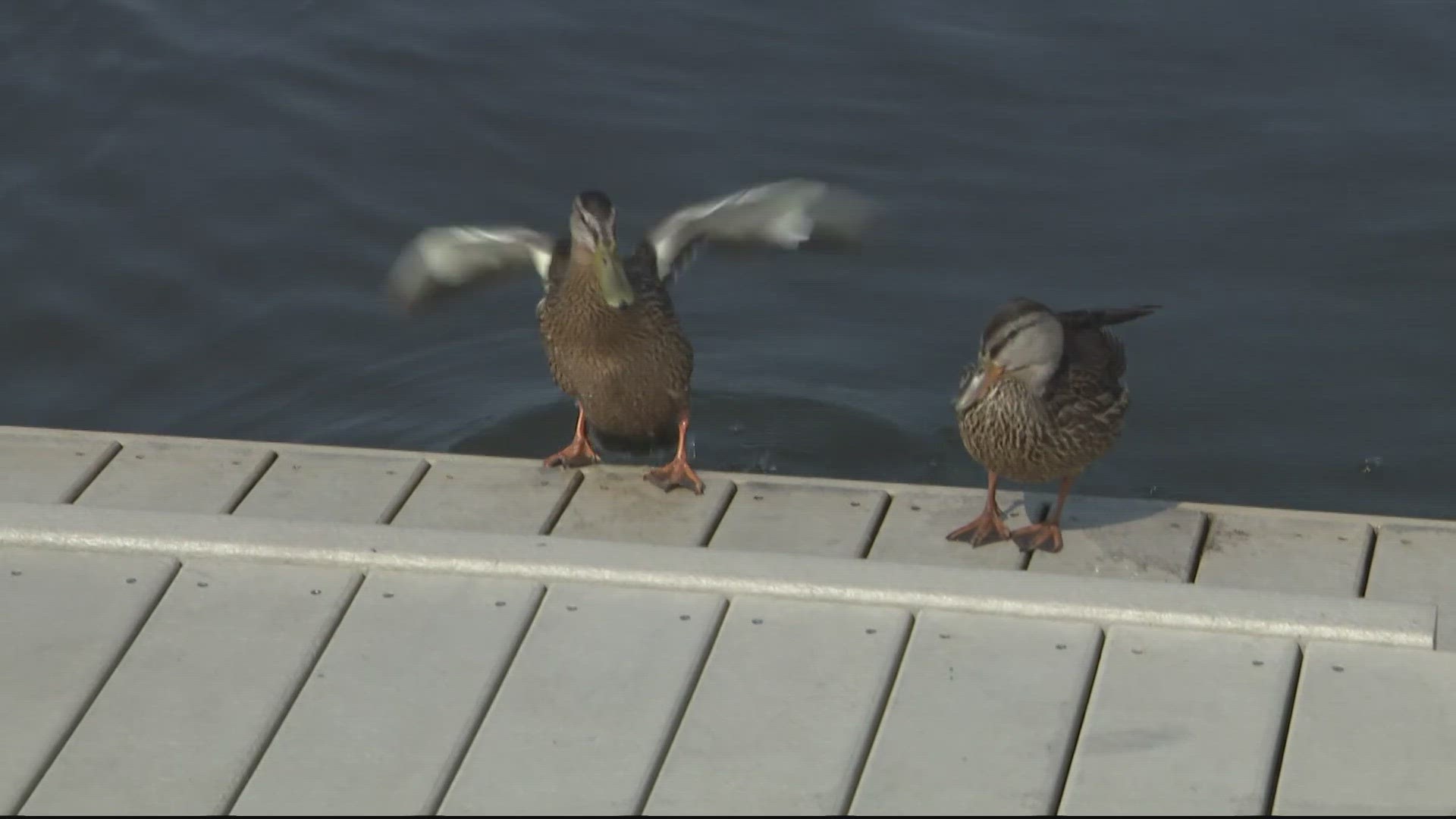WASHINGTON — When the Clean Water Act passed in 1972, water quality monitoring became a top priority for waterways across the country. But you might be surprised to know that over 70% of our national rivers and streams still aren't monitored. But thanks to our own neighbors, the Anacostia and Potomac Rivers are.
Our local water quality monitoring is made possible by citizen science. The Anacostia Riverkeeper started the first volunteer-based monitoring program in D.C. back in 2018. Later that year, the alliance was awarded a grant by the D.C. Department of Energy and Environment to partner with Anacostia Riverkeeper, Rock Creek Conservancy, and Nature Forward to continue to grow the program and provide critical data to our community.
“This program is really beautiful because it empowers citizens with data to know when and where to recreate safely,” explains Maureen Mitchell, the Water Quality Project Manager for Anacostia Riverkeeper.
Every Friday, a report like the one shown below is released to the public.
The recommendations are based on the EPA standards.
- Green means go - water quality is safe to recreate
- Yellow means proceed with caution - a single sample passed, but the five-week average isn't up to standards
- Red means stop - water quality is not safe
Twenty-four sites around the Potomac, Anacostia and Rock Creek Park are monitored every Wednesday morning from May through September, all thanks to volunteers.


"One of my favorite parts of this job is working with our volunteers because they come from such a variety of walks of life," Mitchell said. "We have retirees enjoying the water, we have young professionals slipping and sampling before they go to work that morning, we have diehard rowers and kayakers grabbing samples as they kayak between sites."
And a father and daughter-in-law pair who share a great appreciation for our local rivers and ecosystem.
“When I heard that the riverkeeper was setting up this program for citizen science, it just seemed like a natural thing to do,” David Rosen said, a D.C. resident. His daughter-in-law, Erica Quinteros adds, “I just think it’s a beautiful scene to see every day, it’s good for public health and also for recreational purposes.”
Volunteers have to go through about an hours' worth of training that is offered throughout the summer and the sampling itself can be done in less than 30 minutes.
“We come down once a week and we measure air and water temperature, we test the pH, and most importantly we take water samples that then go back to the lab and are tested for bacteria,” Rosen said.
With five years of solid data, scientists have observed that larger bodies of water, like the convergence of the Potomac and Anacostia, have better quality than smaller streams and tributaries that don't get as much sunlight to help sanitize the water.
There's also a notable correlation between poor water quality and heavy rain events. Downpours wash pollutants and bacteria into waterways - and it takes some time for them to clear. Anacostia Riverkeeper advises avoiding any kind of water activity for 72 hours after storms. For more information on how you can sign up to volunteer just click here.

